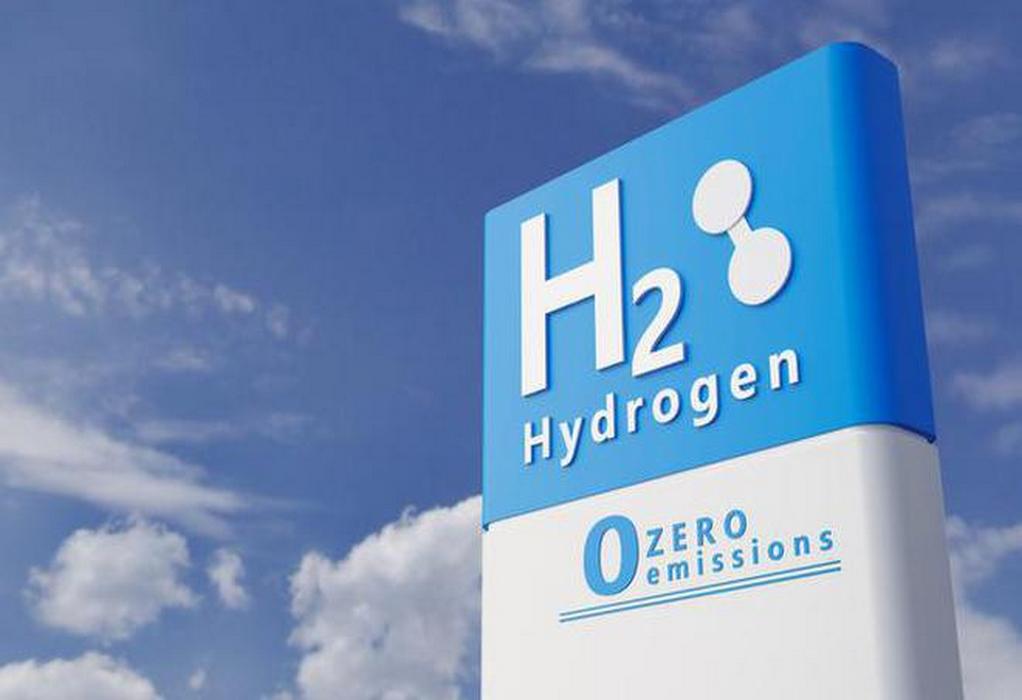Green hydrogen is now an essential component of India’s economic development and net-zero plans. Hydrogen will be a critical enabler in meeting global targets to limit temperature increases to 1.5 degrees Celsius, adapt to the adverse effects of climate change, and promote low-carbon development.
According to a NITI Aayog report, it can help reduce 3.6 gigatonnes of cumulative CO2 emissions by 2050, which could be a boon to the country if it succeeds. European countries want to work with India on green hydrogen projects.
According to an EY report, the global pandemic has taught nations to diversify their energy demand as well as geographical availability, which is why India is betting big on hydrogen. The fluctuations in the oil and gas markets have disrupted the supply-demand chain, causing variations in fuel prices. Developing countries, such as India, must find an alternative to strengthen their national energy security. India is the third largest global CO2 emitter (7 percent of global CO2 emissions), trailing only China and the United States. It has also committed to reducing its emissions intensity by 33-35 percent under the Paris Agreement.
According to the EY report, India is the world’s third-largest crude oil importer, with a reliance on imports of more than 80%. It also imports 54% of its natural gas and 24% of its coal, which has a significant impact on India’s financial account balance. In FY20 and FY19, India’s oil import bill was around $101.4 billion and $111.9 billion, respectively. Several industries, including iron ore and steel, fertilizers, refineries, methanol, heavy-duty trucking, aviation, and maritime shipping, emit significant amounts of CO2.
According to the NITI Aayog report, if these sectors are assisted with carbon-free hydrogen or green hydrogen, the country will be able to keep decarbonizing itself, potentially assisting the country in transitioning to clean energy and meeting net-zero targets by 2070. According to the report, India has a distinct advantage in low-cost renewable energy generation, making green hydrogen the most competitive form of hydrogen in the long run, with cost parity with natural gas-based hydrogen or grey hydrogen possible by 2030.
According to NITI Aayog, with emerging global hydrogen momentum, India can position this decarbonization opportunity not only within the context of a low-carbon economy but also as an enabler of energy security and economic development for the country. Green hydrogen has the potential to replace fossil fuels in industrial processes, and the next steps in policy could involve determining the appropriate mix of mandates/regulations and price instruments.
According to the EY report, India aims to gasify 100 million tonnes of coal by 2030. As a result, India has the opportunity to support blue hydrogen through the use of carbon capture, utilization, and storage technology. A minimum subsidy can also be provided, which will generate enough hydrogen demand and infrastructure for green hydrogen to enter the market.
Green hydrogen will eventually become commonplace, utilizing existing storage, transmission, and distribution infrastructure. In India, industry sectors such as refineries and fertilizers account for the majority of hydrogen demand, which is met primarily through grey hydrogen. Grey hydrogen is primarily produced by natural gas, resulting in massive CO2 emissions.
Tags: CO2 Emissions, Green Hydrogen, India, NetZero, Niti Aayog

Recent Posts
Tata Steel achieves B24 biofuel voyage from Australia to India
Scientists synthesised material that can absorb Greenhouse Gases
First carbon removal plant in world comes online in Iceland
FIS proposes hydrogen as fuel for fishing vessels
WinGD bags order for world’s first ammonia dual-fuel tankers
ClassNK explores alternative fuel paths
Hydrogen fuel of future: Gadkari
Classification societies on new fuels pathway